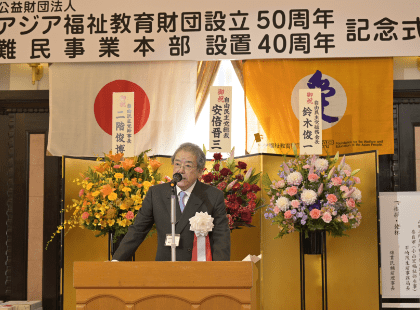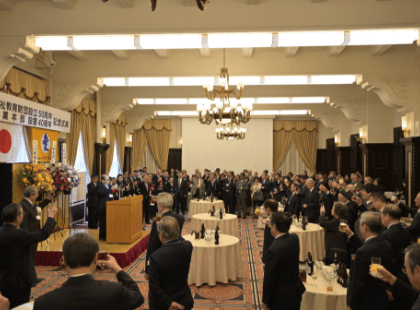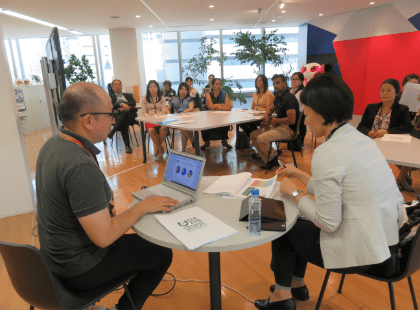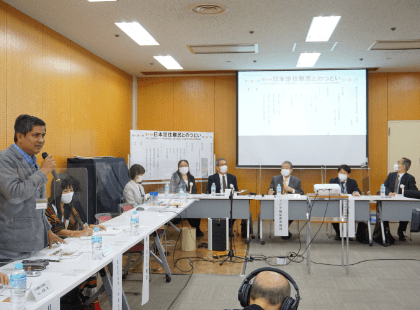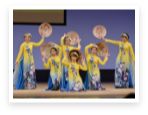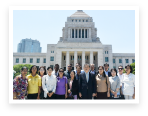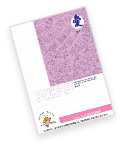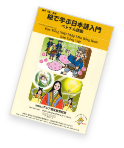History
【1969 – 1978】
On March 22, 1968, the Caucus of Japan’s Liberal Democratic Party (consisting of 280 members of the House of Representatives and 139 members of the House of Councilors) decided that all party members of the Diet should contribute a predetermined amount of their annual salaries to aid the orphans, mothers and children who suffered during the Vietnam War. Using it as the financial base, our Foundation was founded on December 12, 1969. In October, 1971 we changed our name from ““the Foundation for the Welfare and Education of the Vietnamese Orphans” to “the Foundation for the Welfare and Education for the Asian Orphans” in order to expand our relief efforts to all countries of Asia. In addition, the project to assist social welfare facilities in Asian countries began as a new project in July 1977 and since October 1978 we have had a further initiative whereby we invite those involved in these countries to Japan.
On March 22, 1968, the Caucus of Japan’s Liberal Democratic Party (consisting of 280 members of the House of Representatives and 139 members of the House of Councilors) decided that all party members of the Diet should contribute a predetermined amount of their annual salaries to aid the orphans, mothers and children who suffered during the Vietnam War. Using it as the financial base, our Foundation was founded on December 12, 1969.In October, 1971 we changed our name from ““the Foundation for the Welfare and Education of the Vietnamese Orphans” to “the Foundation for the Welfare and Education for the Asian Orphans” in order to expand our relief efforts to all countries of Asia. In addition, the project to assist social welfare facilities in Asian countries began as a new project in July 1977 and since October 1978 we have had a further initiative whereby we invite those involved in these countries to Japan.
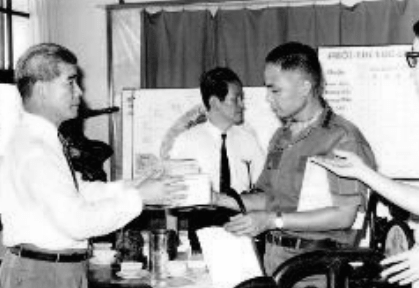
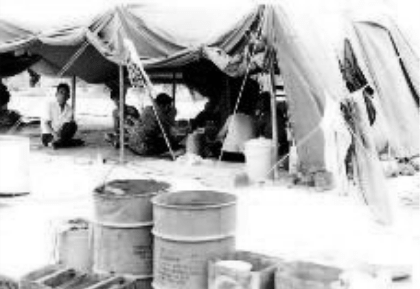
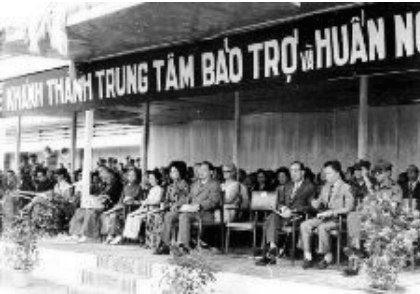
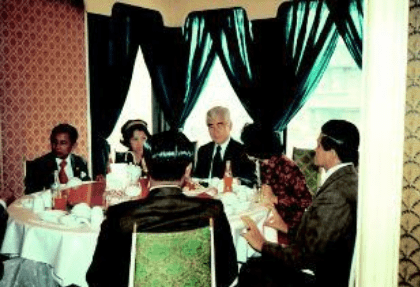
【1979 – 1989】
The end of the Vietnam War gave rise to the number of refugees from Vietnam, Laos and Cambodia. The Japanese Government decided to allow the settlement of those people who wished to do so in Japan. It entrusted the settlement work to our Foundation, and we started the Refugee Assistance Program. In October 1979, our Foundation changed its name to “The Foundation for the Welfare and Education of the Asian People,” which it retains today. In January, 1982, we held the “Festival to Encourage the settled Indochinese Refugees” and in May, 1985, our long-awaited headquarters building was completed.
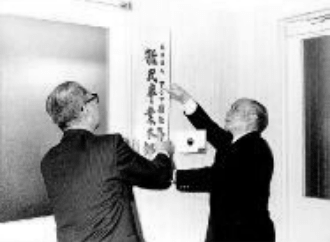
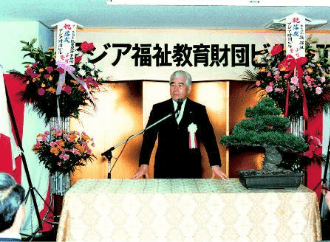
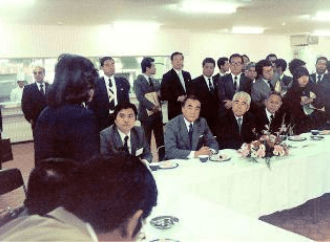
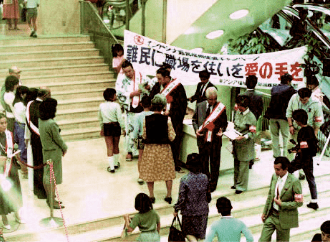
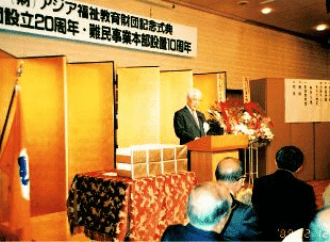
【1990 - 2002】
Initially, the invitation program started with around 10 visitors annually. But with positive response from invited countries, in 1996 the Foundation expanded the program to 3 times a year, inviting 5-visitor delegations from 4 countries at each time, bringing the total of annual visitors to 60.As the sole organization entrusted by the Japanese Government for refugee assistance operation, the Refugee Assistance Headquarters (RHQ) will work to contribute in new directions by taking into account socio-political changes in the Asian Region.
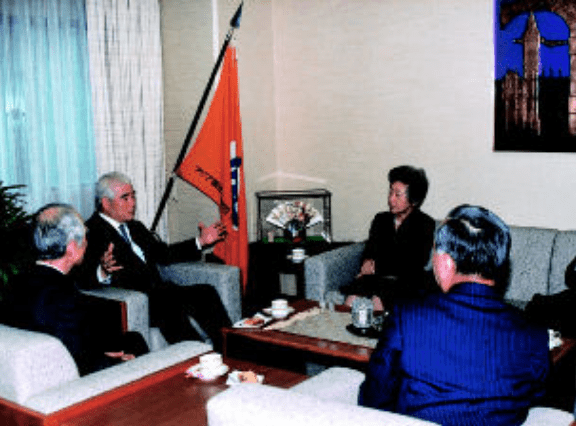
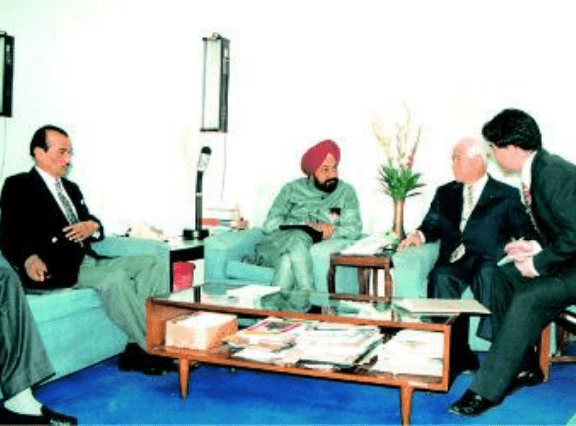
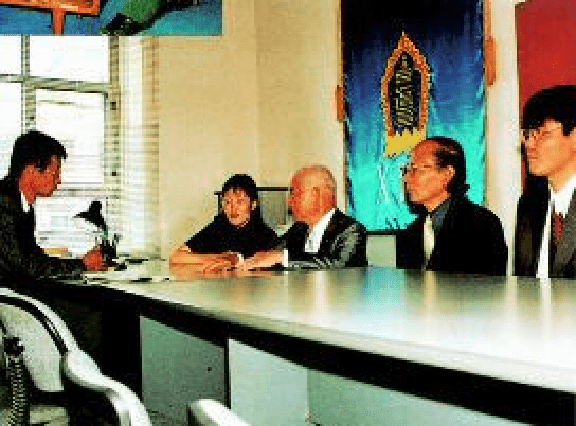
【2003 - 2017】
In addition to those countries we had been inviting, we newly started inviting three Indochinese countries (i.e., Cambodia, Laos and Vietnam) and Mongolia in 2003, Bhutan in 2007, and Myanmar in 2013. At present, our invitation program is implemented three times a year, and altogether sixty people (five people from four countries each time) who are in the social welfare field participate annually. To May 2017, we implemented this program 112 times and a cumulative total of 1,849 people have visited Japan. In the refugee relief program, settlement support for Convention refugees started following Cabinet approval in 2002, and from 2003, the Refugee Assistance Headquarters (RHQ) began supporting them in the same way as Indochinese refugees. However, the acceptance of Indochinese refugees was concluded by the end of the 2005 fiscal year and the “International Relief Center” was closed on March 31, 2006. In April 2006 we set up the “RHQ Support Center” in Tokyo as a new facility to provide Japanese language education course, guidance for life in Japan, job placements, settlement support projects and other services for Convention refugees. We are providing financial aid for those applying for refugee status. In addition, in 2003 the Foundation’s RHQ established an emergency accommodation facility for those who needed it and also to those who had difficulty in securing lodging places called "ESFRA (Emergency Shelter For Refugee Applicants)." Also, in response to the request from UNHCR to the Japanese government, the RHQ has been implementing assistance for the acceptance of resettled refugees in Japan, from the countries of their first asylum, at the “RHQ support center” since the fall of 2010.
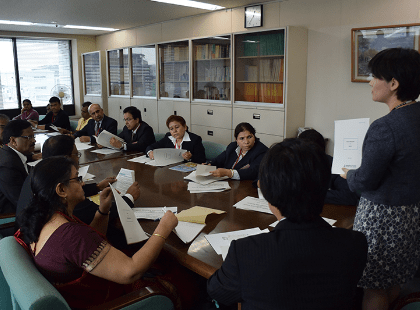
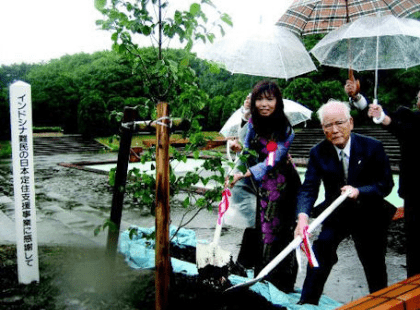
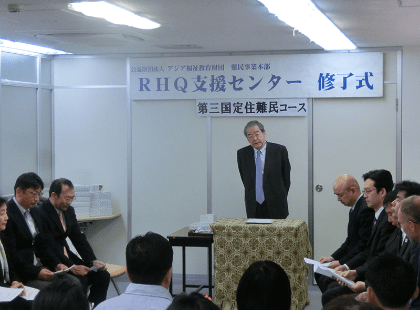
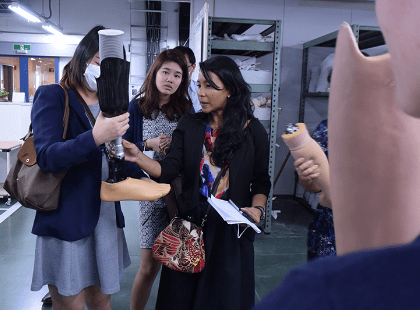
【2018 - 2020】
The invitation program for officials engaging in social welfare activities in Asian countries was held three times in 2018 and twice in 2019, through which a total of 48 people and 30 people were invited, respectively, from 17 Asian countries. In 2020, however, this program could not be held due to the COVID-19 pandemic. In December 2019, a memorial ceremony for the 50th anniversary of the Foundation for the Welfare and Education (FWEAP) and the 40th anniversary of the Refugee Assistance Headquarters (RHQ) was held at Gakushi-kaikan in Kanda, Tokyo, and was attended by about 150 participants from the Japanese government, embassies and political circles and business organizations, including Mr. Akihiro Nishimura, then Deputy Chief Cabinet Secretary, and Mr. Dirk Hebecker, then UNHCR Representative in Japan. As part of the commemorative project, a book featuring the FWEAP's 50-year history was published. From May to August 2020, the FWEAP provided emergency food support totaling approximately JPY 11 million through some NGOs supporting refugee communities, in order to rescue refugees and their people of concern who were in desperate need due to the COVID-19 pandemic. Also, at the request of refugee communities, COVID-19-related information was posted in Yasashii Nihongo (plain Japanese) as well as in English, Vietnamese, Laotian, Cambodian, and Burmese through its website and newly established Facebook page. At the “Tsudoi” Festival for Refugees in Japan held in December 2020, although the annual traditional folk music and dance performances were cancelled in consideration of the COVID-19 pandemic situation, a newly created discussion meeting with refugee communities was held, with attendance of eight refugee groups from the Vietnamese, Laotian, Cambodian, and Myanmar communities, and on the Japanese side, the FWEAP and Shinjuku Ward as co-hosts as well as three supporting NGOs. In addition, the FWEAP conducted a survey in 2020 to help refugees' children study at school, and it started supplementary classes for them in April 2021 in Chiba Prefecture, in cooperation with an NGO. The RHQ, commissioned by the Japanese government, implemented a resettlement assistance program for resettled refugees: 22 people from five families in 2018 and 20 people from six families in 2019. The settlement program for Convention Refugees residing in Japan has also been offered online since 2020.
